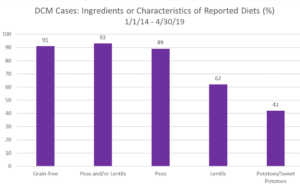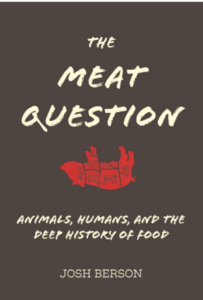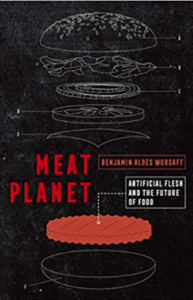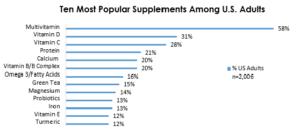Food industry in the Middle East—A Collection of Articles
The industry newsletter, FoodNavigator-Asia did a special edition on the food business in the Arabian Middle East:
Special Edition: Middle East Spotlight
Ahead of the region’s biggest food and beverage processing industry event, Gulfood Manufacturing, we shine the spotlight on the latest packaging and consumer trends that are driving innovation, while also assessing some of the major developments among the Middle East’s major brands.
- QR and AR: How smarter packaging can appeal to Middle East’s younger consumers: The Middle East’s growing younger population is driving consumption of packaged food and beverage products, with firms turning to new packaging innovations to entice this lucrative market… Read
- Convenience, cost and clean label key for Middle East success – Ingredion: Consumers in Middle East are increasingly more willing to try out new trends, but demands for convenience at an affordable price can pose a challenge for manufacturers… Read
- Matcha move: Nestle launches limited edition KitKat in UAE, KSA, Kuwait: Nestle has launched a limited edition green tea matcha KitKat in selected GCC markets including UAE, Saudi Arabia and Kuwait… Read
- Disrupting the meat industry: Global Food Industries ready to launch plant-based burgers: UAE food firm Global Food Industries (GFI) has announced plans to launch its plant-based ‘not-chicken and not-beef burgers’ in November… Read
- Renewable energy: Nestle’s Dubai factory now the UAE’s largest private solar plant: Nestle Middle East’s Al Maha factory in Dubai has started generating renewable energy with its 20,000 photovoltaic (PV) panels, that will supply 85% of the factory’s annual electricity consumption… Read
- A tale of two desert dairies: Abu Dhabi’s Al Ain Farms and Dubai’s Al Rawabi have evolved differently over the last four decades to become regional majors… Read
Comment: My personal knowledge of the region is restricted to Dubai where, 15 years ago, nearly all food was imported (except dates, eggs, and some dairy), nearly all water was distilled from seawater (and, therefore, expensive), land almost entirely desert, and temperatures well into the 100s on most days—not exactly conducive to farming.
And they play rough over there:
- Heads of Qatar’s largest dairy firm named in lawsuit amid jihadist funding allegations: The Chairman and CEO of Qatar’s largest dairy firm Baladna have been named in papers filed in the British High Court, which alleges they helped fund the al-Qaeda affiliated al-Nusra Front, a Syrian jihadist organisation…Read





